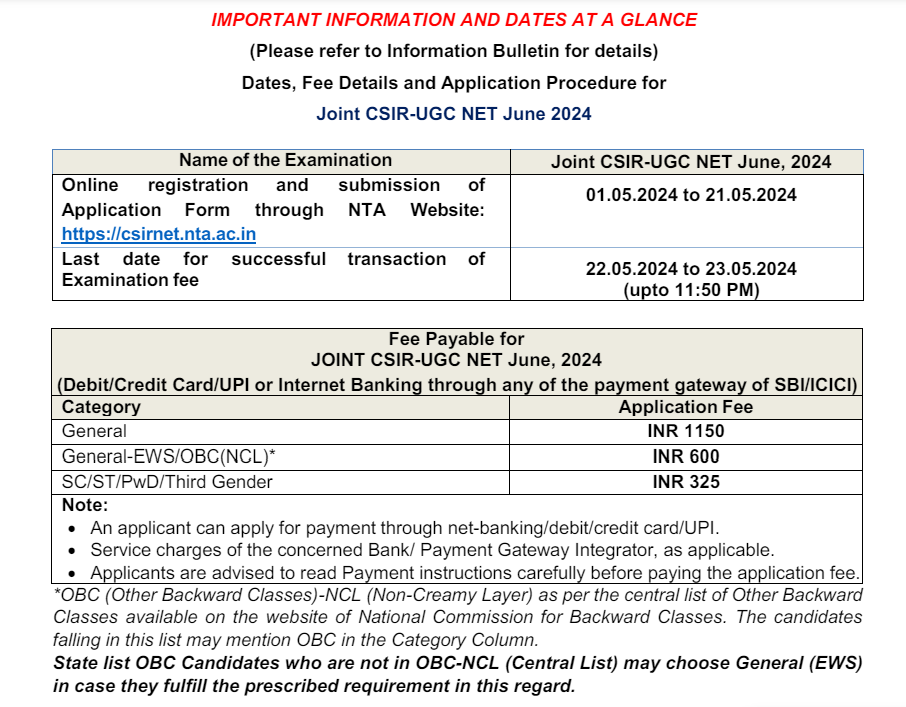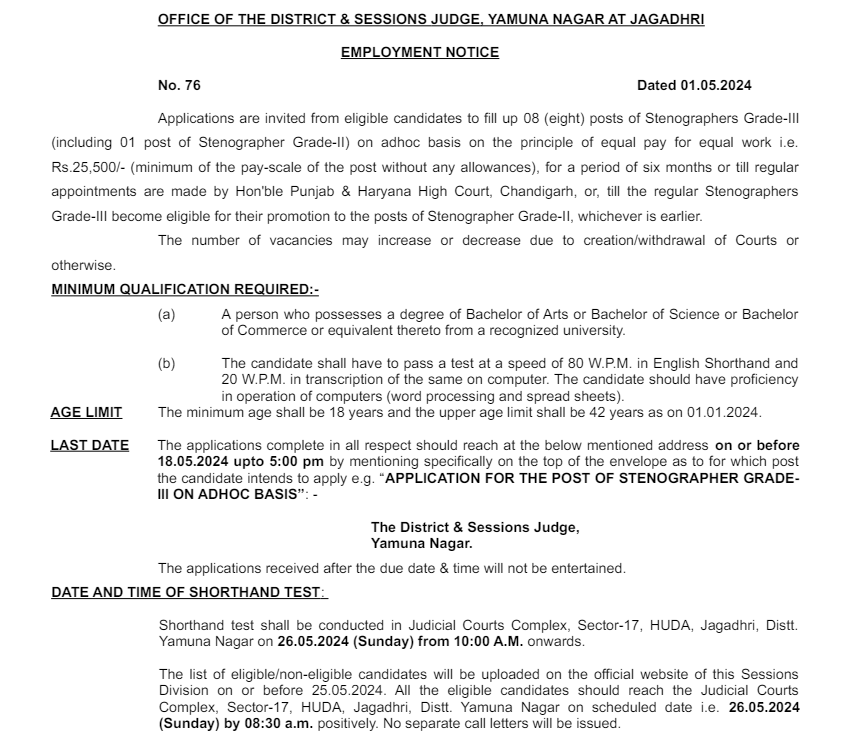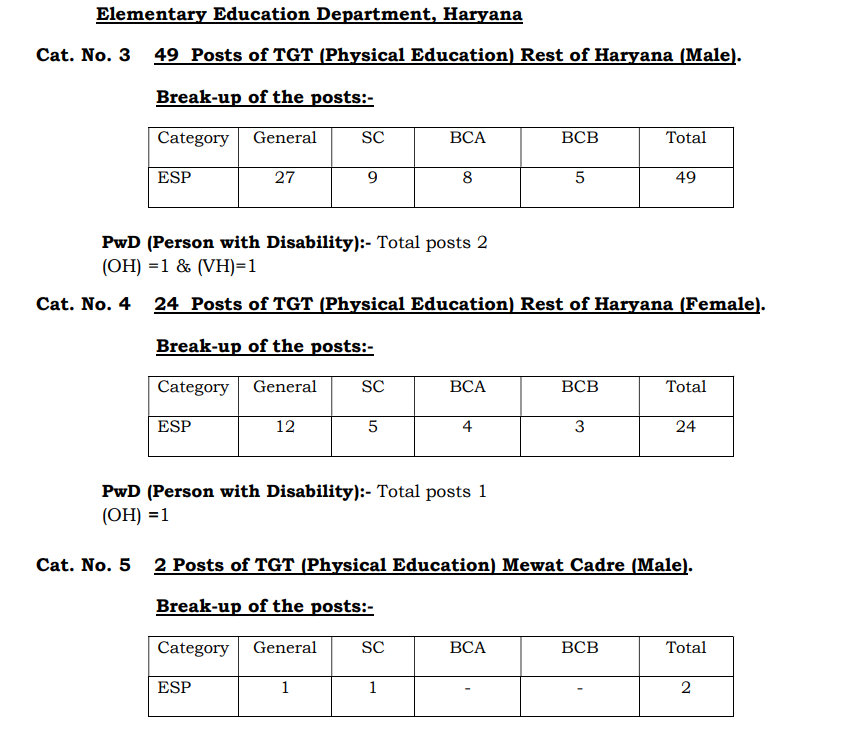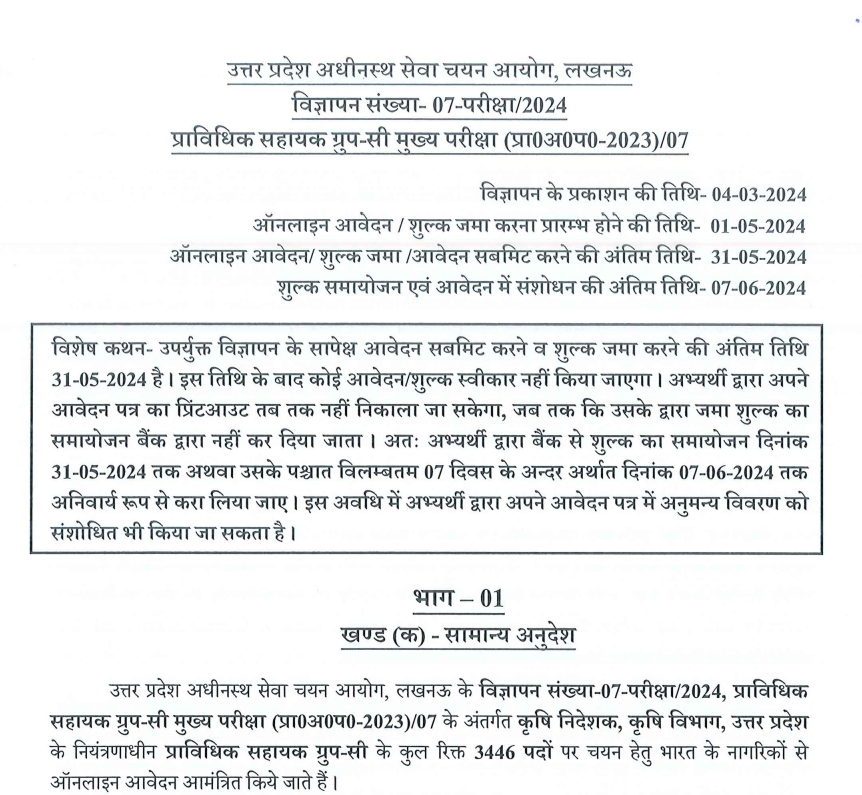Electrical Transistors Questions

Category –EE MCQ PDF
Telegram-Join Us On Telegram
Attempt Free Electrical Transistors Questions Here. Read The Important Electrical Transistors Questions MCQ From Below.
1. A transistor has …………………
1. one pn junction
2. two pn junctions
3. three pn junctions
4. four pn junctions
ANS : 2
2. The number of depletion layers in a transistor is …………
1.four
2.three
3.one
4.two
ANS : 4
3. The base of a transistor is ………….. doped
1.heavily
2.moderately
3.lightly
4.none of the above
ANS : 3
4. The element that has the biggest size in a transistor is ………………..
1.collector
2.base
3.emitter
4.collector-base-junction
ANS : 1
Electrical Transistors Questions
5. In a pnp transistor, the current carriers are ………….
1.acceptor ions
2.donor ions
3.free electrons
4.holes
ANS : 4
6. The collector of a transistor is …………. doped
1.heavily
2.moderately
3.lightly
4.none of the above
ANS : 2
7. A transistor is a …………… operated device
1.current
2.voltage
3.both voltage and current
4.none of the above
ANS : 1
8. In a npn transistor, ……………. are the minority carriers
1.free electrons
2.holes
3.donor ions
4.acceptor ions
ANS : 2
Electrical Transistors Questions
9. The emitter of a transistor is ………………… doped
1.lightly
2.heavily
3.moderately
4.none of the above
ANS : 2
10. In a transistor, the base current is about ………….. of emitter current
1. 25%
2. 20%
3. 35 %
4. 5%
ANS : 4
11. At the base-emitter junctions of a transistor, one finds ……………
1. reverse bias
2.a wide depletion layer
3.low resistance
4.none of the above
ANS : 3
12. The input impedance of a transistor is ………….
1.high
2.low
3.very high
4.almost zero
ANS : 2
13. Most of the majority carriers from the emitter ………………..
1.recombine in the base
2.recombine in the emitter
3.pass through the base region to the collector
4.none of the above
ANS :3
Electrical Transistors Questions
14. The current IB is …………
1.electron current
2.hole current
3.donor ion current
4.acceptor ion current
ANS : 1
15. In a transistor ………………..
1.IC = IE + IB
2.IB = IC + IE
3.IE = IC – IB
4.IE = IC + IB
ANS : 4
16. The value of a of a transistor is ……….
1. more than 1
2. less than 1
3. 1
4.none of the above
ANS : 2
17. IC = aIE + ………….
1.IB
2.ICEO
3.ICBO
4.ßIB
ANS : 3
18. The output impedance of a transistor is ……………..
1.high
2.zero
3.low
4.very low
ANS : 1
Electrical Transistors Questions
19. In a tansistor, IC = 100 mA and IE = 100.2 mA. The value of ß is …………
1.100
2.50
3.about 1
4.200
ANS : 4
20. In a transistor if ß = 100 and collector current is 10 mA, then IE is …………
1.100 mA
2.100.1 mA
3.110 mA
4.none of the above
ANS : 2
21. The relation between ß and a is …………..
1.ß = 1 / (1 – a )
2.ß = (1 – a ) / a
3.ß = a / (1 – a )
4.ß = a / (1 + a )
ANS : 3
Electrical Transistors Questions
22. The value of ß for a transistor is generally ………………..
1.1
2.less than 1
3.between 20 and 500
4.above 500
ANS : 3
23. The most commonly used transistor arrangement is …………… arrangement
1.common emitter
2.common base
3.common collector
4.none of the above
ANS : 1
24. The input impedance of a transistor connected in …………….. arrangement is the highest
1.common emitter
2.common collector
3.common base
4.none of the above
ANS : 2
25. The output impedance of a transistor connected in ……………. arrangement is the highest
1.common emitter
2.common collector
3.common base
4.none of the above
ANS : 3
26. The phase difference between the input and output voltages in a common base arrangement is …………….
1.180o
2.90o
3.270o
4.0o
ANS : 4
Electrical Transistors Questions
27. The power gain in a transistor connected in ……………. arrangement is the highest
1.common emitter
2.common base
3.common collector
4.none of the above
ANS : 1
28. The phase difference between the input and output voltages of a connected in common emitter arrangement is ………………
1.0o
2.180o
3.90o
4.270o
ANS : 2
29. The voltage gain in a transistor connected in ………………. arrangement is the highest
1.common base
2.common collector
3.common emitter
4.none of the above
ANS : 3
30. As the temperature of a transistor goes up, the base-emitter resistance ……………
1.decreases
2.increases
3.remains the same
4.none of the above
ANS : 1
31. The voltage gain of a transistor connected in common collector arrangement is ………..
1.equal to 1
2.more than 10
3.more than 100
4.less than 1
ANS : 4
32. The phase difference between the input and output voltages of a transistor connected in common collector arrangement is ………………
1.180o
2.0o
3.90o
4.270o
ANS : 2
Electrical Transistors Questions
33. IC = ß IB + ………..
1.ICBO
2.IC
3.ICEO
4.aIE
ANS : 3
34. IC = [a / (1 – a )] IB + ………….
1.ICEO
2.ICBO
3.IC
4.(1 – a ) IB
ANS : 1
35. IC = [a / (1 – a )] IB + […….. / (1 – a )]
1.ICBO
2.ICEO
3.IC
4.IE
ANS : 1
36. BC 147 transistor indicates that it is made of …………..
1.germanium
2.silicon
3.carbon
4.none of the above
ANS : 2
37. ICEO = (………) ICBO
1.ß
2.1 + a
3.1 + ß
4.none of the above
ANS : 3
38. A transistor is connected in CB mode. If it is not connected in CE mode with same bias voltages, the values of IE, IB and IC will …………..
1.remain the same
2.increase
3.decrease
4.none of the above
ANS : 1
Electrical Transistors Questions
39. If the value of a is 0.9, then value of ß is ………..
1.9
2.0.9
3.900
4.90
ANS : 4
40. In a transistor, signal is transferred from a …………… circuit
1.high resistance to low resistance
2.low resistance to high resistance
3.high resistance to high resistance
4.low resistance to low resistance
ANS : 2
41. The arrow in the symbol of a transistor indicates the direction of ………….
1.electron current in the emitter
2.electron current in the collector
3.hole current in the emitter
4.donor ion current
ANS : 3
42. The leakage current in CE arrangement is ……………. that in CB arrangement
1.more than
2.less than
3.the same as
4.none of the above
ANS : 1
43. A heat sink is generally used with a transistor to …………
1.increase the forward current
2.decrease the forward current
3.compensate for excessive doping
4.prevent excessive temperature rise
ANS : 4
Electrical Transistors Questions
44. The most commonly used semiconductor in the manufacture of a transistor is ………….
1.germanium
2.silicon
3.carbon
4.none of the above
ANS : 2
45. The collector-base junction in a transistor has ……………..
1.forward bias at all times
2.reverse bias at all times
3.low resistance
4.none of the above
ANS : 2
Electrical Transistors Questions














